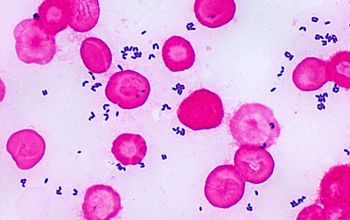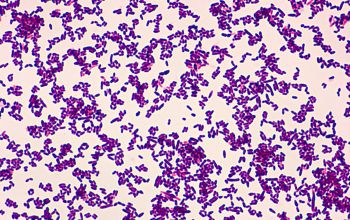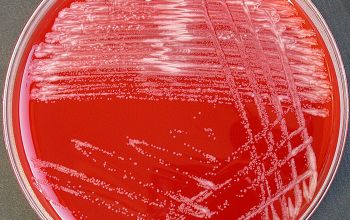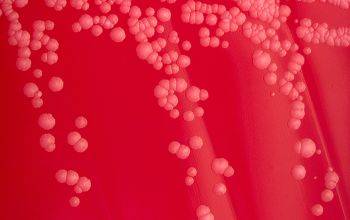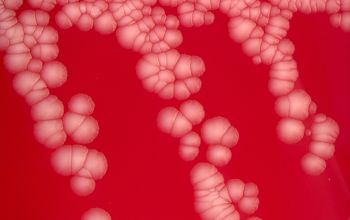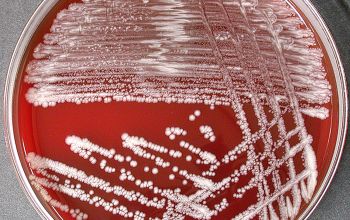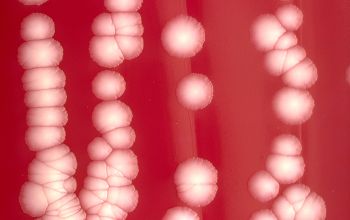Corynebacterium amycolatum
-
General information
The pathogenic potential of coryneform bacteria has been underestimated
Taxonomy
Family: Corynebacteriaceae
Natural habitats
They are part of the normal skin biota.
Clinical significance
C. amycolatum is the most frequently encountered nonlipophilic Corynebacterium species in human clinical material.
Urinary tract infections, bacteremia, respiratory tract and line infections
-
Gram stain
Gram positive rods,
irregularly shaped (‘coryneforms”), they are arranged as single cells, in pairs, in V forms, in palisades, or in clusters with
a so-called Chinese-letter appearance.
Club-shaped rods are observed in true members of the genus Corynebacterium only
-
Culture characteristics
-
Facultative anaerobic
BA: colonies are very typically dry, waxy, and grayish white with irregular edges and are 1 to 1.5 mm after 24 hours
C. amycolatum strains are predominantly misidentified as C. xerosis, both have dry colonies and similar biochemical reactions
C. amycolatum are nearly always multidrug resistant
-
-
Characteristics
-
References
James Versalovic et al.(2011) Manual of Clinical Microbiology 10th Edition
Karen C. Carrol et al (2019) Manual of Clinical Microbiology, 12th Edition
Clinical Microbiology of Coryneform Bacteria Guido Funke Clin Microbiol Reviews, jan 1997

